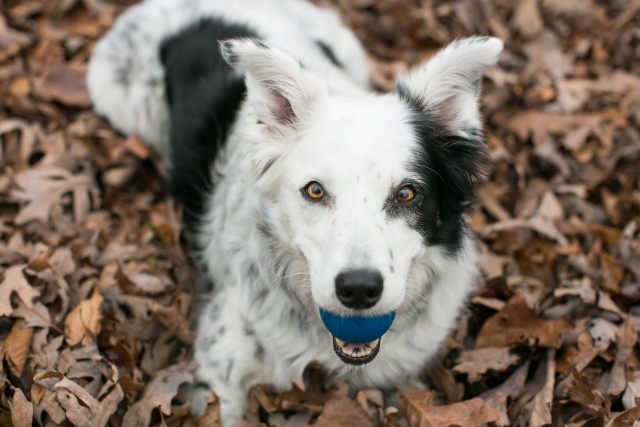You probably have heard of Chaser the border collie. She was featured on 60 Minutes and referred to as the world’s smartest dog. If you aren’t familiar with Chaser, she’s famous for knowing over a thousand words. Yes, a thousand words! Smart, right?
A dog you might not know is Tony. Tony, a terrier, belonged to C. Lloyd Morgan, one of the first scientists to study animal intelligence at the turn of the 20th century, and Morgan wrote about Tony’s ability to open the gate in his yard. He concluded, in essence, that Tony’s ability was nothing insightful. I’m probably not alone in thinking that Tony’s talent–while not as impressive as knowing over a thousand words– takes some smarts! So why does Chaser’s talent excite scientists while Tony’s talent does not?
In brief: using inferences to solve problems. Chaser is the queen of inferential reasoning. Ask Chaser to fetch a toy she’s never heard of out of a group of familiar toys, and she’ll bring you the correct one. How? She reasons that the toy she doesn’t have a label for is the new word. After more than 9 years of playing fetch, she has stored up an impressive vocabulary and can fetch over a thousand toys by name. Notice that she has learned a process to solve problems, instead of rote memorization.
Tony, on the other hand, learned to open the gate by trial and error, a process of trying various methods until one gives the desired outcome. In Tony’s case, he desired to get the garden gate open, and after many attempts, he memorized how to open the gate in his yard. Morgan could assume Tony knew how gates worked, but he witnessed Tony’s trial and error process. He concluded that although Tony was talented at opening his gates’ lock; he did not understand why he was able to open the gate. In essence, Tony got lucky opening the gate at all.
So how do you tell if your dog’s talent is worthy of scientists’ praise? Flexible thinking is key. If Tony had truly figured out how to open gates–that the metal bar had to be lifted– he would have been able to apply that knowledge to open other gates. With his trial and error method, put Tony behind a new gate, and he’s at square one trying random actions towards the gate to get the outcome he desires. In short, neither luck nor memorization excite scientists, but making inferences does! Being able to apply what you know to a different problem is what makes Chaser a super problem solver!
A fun aside, Chaser was assessed with the Dognition Assessment, and her results show that she is truly outstanding at making inferences to solve problems! She was off the charts for inferential reasoning!



